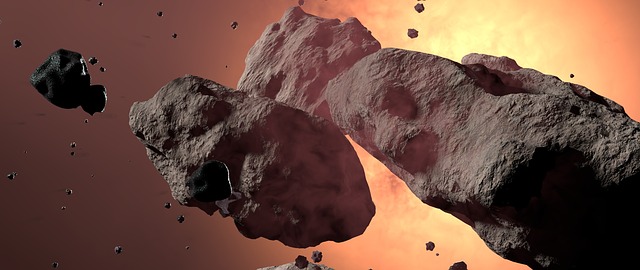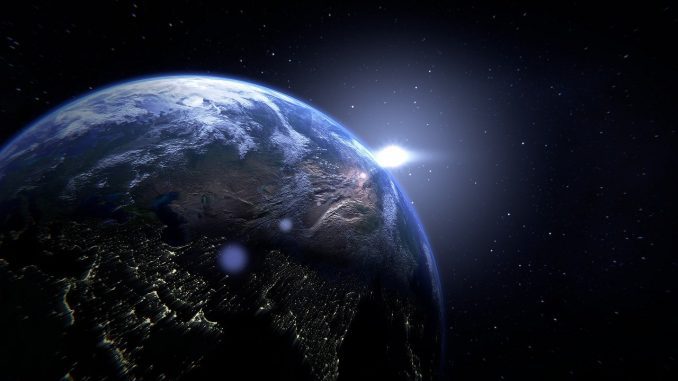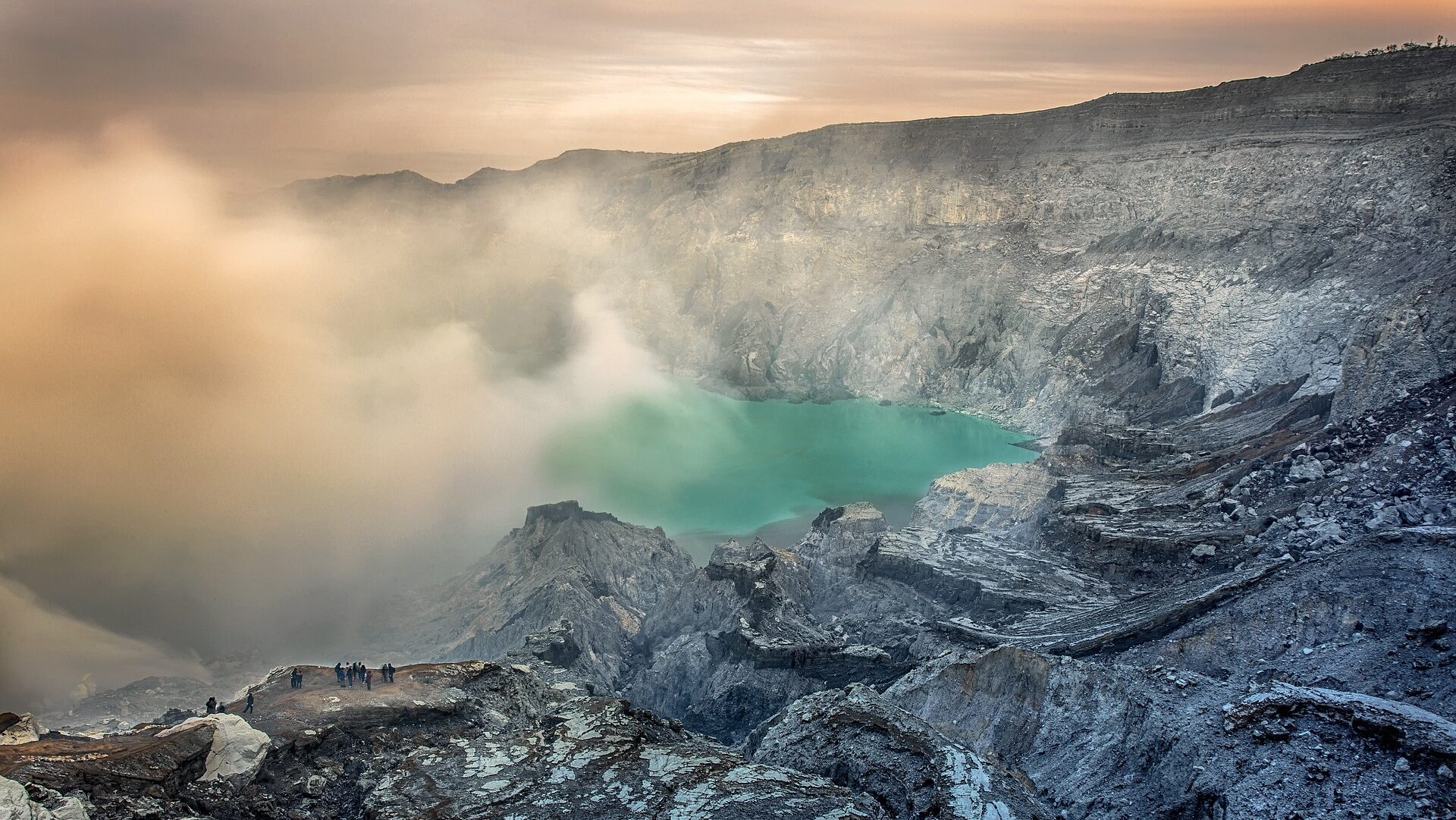Reading Time – 5 minutes, Difficulty Level 2/5
We live on a spherical ball of rock hurtling through space at approximately 67,000mph. Have you ever considered why our planet is spherical though? The answer is simpler than you might think.
The universe is full of stars, planets and moons, many of which we have seen through incredible pictures from spacecraft, exploratory probes such as voyager and of course telescopes, based both on Earth and in space. Some are rocky worlds like planet Earth. Others enormous balls of gas like Jupiter. Some are even made from ice.
Why is everything spherical though? Why does nature favour this shape over any other?
Potatoes in space
The first thing to say is that nature almost certainly doesn’t ‘favour’ spherical objects, but one of the fundamental forces does. Gravity.
All objects in our universe have mass. This is really just another way of describing the amount of matter that makes up an object. The more matter, the more massive an object becomes. Mass shouldn’t be confused with weight or size, they are very different things and I’ve included an explanation at the end of this article, for those interested.
Mass and size do play a role in making spheres though.

If someone asks us to imagine an asteroid we probably all think of something like the image above. Irregular shaped and rocky in appearance. This is very true, almost all asteroids are irregularly shaped and made up of rock, ice or other materials.
These irregular shapes are certainly akin to that of a potato and this is because asteroids are often not large enough for gravity to sculpt them in spheres.
Gravitational forces are constantly affecting all objects in the universe by pulling the matter that makes them up towards the centre of the object itself.
Once an object reaches a certain size, typically around 150 miles (200km) in radius, the gravitational force at the surface becomes stronger than the material making up the object. This material is then pulled towards the centre of the object by equal force in all possible directions.
You can easily imagine this process by picking up some damp sand or freshly fallen snow. As you scoop it up it is irregular in shape and if you use your hands to apply force in all directions equally, forcing the material together then you will make a ball.
The Potato Radius
This cut off point in ‘size’ has a name in Astrophysics, it’s called ‘the potato radius’. Anything falling below will be irregular in shape, akin to a potato and anything exceeding the potato radius gravity will sculpt into beautiful spheres, like planets, moons and stars.
The potato radius itself is a variable measurement, it changes depending on what the object is made from. For example an object made from ice would have a smaller radius than something of equal size made from rock. This means its a complex calculation to determine the radius of each object accurately but we can broadly refer to it as 150 miles.
Nothing flat
This is why the earth is spherical. The fundamental force of gravity overcoming the strength of material at the surface of an object in excess of 150 miles radius.
Earth isn’t a potato, nor is it flat, for those of that persuasion.
Explainers
Mass: The amount of material or substance that makes up an object.
Weight: The measurement of gravitational force on an object based on its mass and location.
Size: Geometrical size (or spatial size) referring to linear dimensions (length, width, height, diameter, perimeter), area, or volume.*
Visualisation of difference: Imagine two balloons, one filled with lead, one filled with air. On earth the lead balloon has more mass and weight than the air filled balloon yet they are the same size. If you took these balloons to the international space station where there is zero gravity they would have equal weight (zero) and size but differing mass.
Size can also be measured in terms of mass, especially when assuming a density range.
I’m the founder of The Average Scientist and also an Astrophysicist, a passionate Science Communicator and elected Fellow of the Royal Astronomical Society.
I regularly speak at various events, including our TAS Talks and theatre shows on subjects such as Astrophysics, Planetary Science and the Evolution of the Universe.








